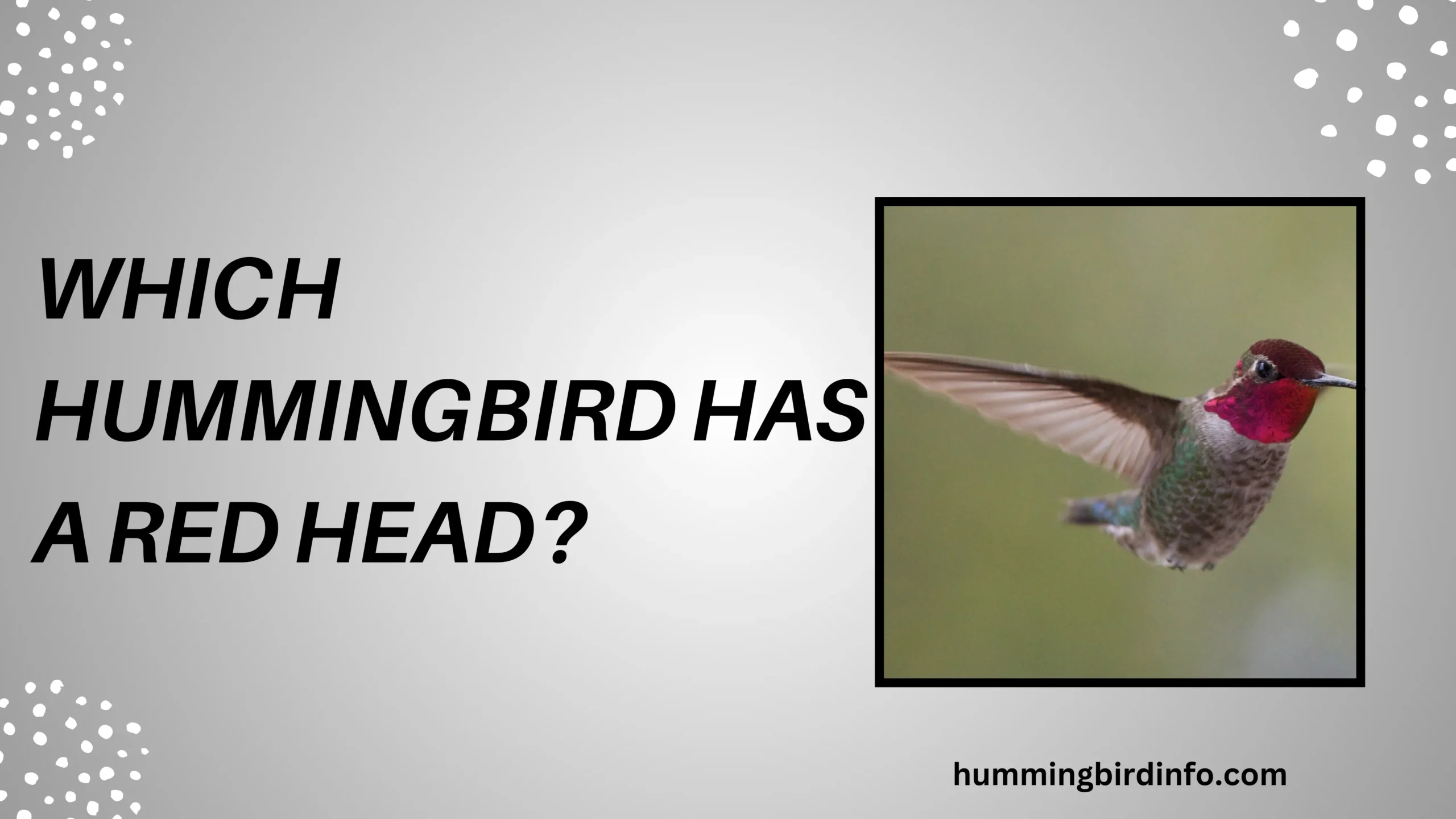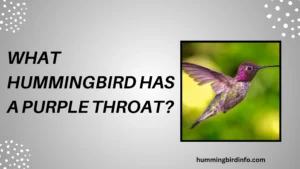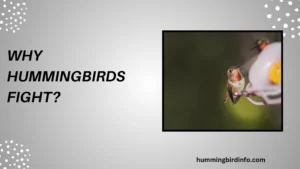A flash of crimson catches your eye as a tiny bird darts past, its head shimmering like a ruby in the sunlight. In the realm of hummingbirds, such dazzling displays are not just beautiful—they are deeply meaningful.
Among these shimmering jewels of the sky, a handful stand out with one particularly eye-catching trait: a brilliant red head.
This striking coloration isn’t just for show. It plays a vital role in species identification, attracting mates, and defending territory. Whether it’s a shimmering gorget or a bold crown, red hues often signal dominance, health, and intent.
But not all red-headed hummingbirds are the same—some bear deep scarlet throats, others sport rosy crowns, while a few display reddish bills.
In this post, we dive into the world of hummingbirds with red heads. From the iconic Ruby-throated Hummingbird to lesser-known species like the Lucifer Hummingbird, we’ll explore how and why this fiery color adorns their tiny heads.
Each species brings its own story—and each shade of red has a purpose in nature’s delicate dance.
Contents
The Iconic Ruby-throated Hummingbird
The Ruby-throated Hummingbird (Archilochus colubris) is one of the most familiar hummingbirds in eastern North America. The adult male boasts an intensely iridescent red throat, known as a gorget, that glows like a polished gem.
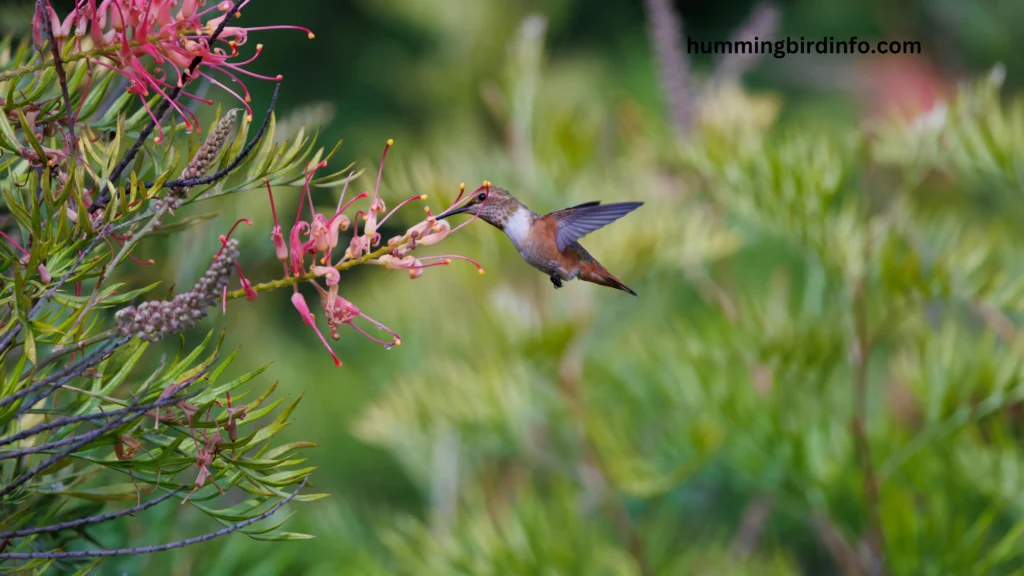
This ruby red patch is exclusive to mature males—females have a pale throat, and juvenile males show scattered red flecks as they age. The red color shifts in the light, sometimes appearing black or orange depending on the angle.
The male uses his red gorget in courtship displays, flashing it in dramatic hovering dances. It’s also key in territorial fights, signaling dominance to rivals. This red throat is more than decoration—it’s a powerful tool in the hummingbird’s survival strategy.
The Fiery Crown – Species with Red Heads
Anna’s Hummingbird (Calypte anna), found along the Pacific Coast, is crowned with an iridescent rose-red that stretches from crown to throat. The red feathers shimmer intensely in bright light, giving the head a scarlet glow.
Costa’s Hummingbird (Calypte costae) has a violet throat that sometimes appears reddish-purple, especially under certain light. Its gorget flares into dramatic “moustaches,” adding flair to its already vivid face.
The Lucifer Hummingbird (Calothorax lucifer) boasts a long decurved bill and a deep red-violet gorget, flared into sword-like points. This striking look aids in both species recognition and mate selection.
Though not feather-based, the Broad-billed Hummingbird (Cynanthus latirostris) has a bright red bill tipped in black. Its head and throat glow blue-violet, but the red bill draws the eye to its facial area, making it stand out.
Red Throats and Their Variations
The Allen’s Hummingbird (Selasphorus sasin) wears a burnt-orange red throat, contrasting beautifully with its rusty flanks and green back. The intensity can shift with the season or molting stage.
The Rufous Hummingbird (Selasphorus rufus) carries a flaming orange-red gorget and rusty tail feathers. Known for its long migration, this fiery throat becomes even more vivid during breeding season.
The Calliope Hummingbird (Selasphorus calliope) has a magenta-red streaked throat, appearing almost like paintbrush strokes. Though not a full red crown, this patch remains a crucial ID feature.
The Bahama Woodstar (Nesophlox evelynae) adds Caribbean flair with a brilliant magenta-red throat patch. This isolated beauty is found only in the Bahamas, making its glowing throat all the more special.
Red Bills – Another Red Feature on the Head
The Cinnamon Hummingbird (Amazilia rutila) features rufous plumage and a vibrant red bill with a dark tip. While its feathers are muted, the red bill acts as a visual marker.
The Violet-crowned Hummingbird (Amazilia violiceps) contrasts a violet-blue crown with a straight red bill. The head, when viewed from the side, shows a blend of red and violet accents.
The Berylline Hummingbird (Amazilia beryllina) carries a metallic green chest and a reddish bill. Though not red-headed per se, the red coloring draws attention to the facial area and aids in identification.
The Role of Red Coloration
Bright red feathers are key in sexual selection. Females often prefer males with more intense coloration, as it may signal health and good genes.
In territorial disputes, a red gorget can act as a warning signal. Males puff up, flash their red patches, and perform aerial dances to defend resources.
The specific red patterns help with species recognition. In overlapping habitats, coloration helps prevent hybrid mating, maintaining clear species boundaries.
Red feathers are produced through unique pigments and structures. While many birds rely on carotenoids from food, hummingbirds have special feather structures that reflect light into dazzling hues.
The phenomenon of iridescence means these reds can appear to change. What looks fiery red at one angle may seem dark or even purple from another—adding to their mystique.
Variations and Subspecies
Some hummingbirds have subspecies that differ slightly in red intensity or distribution. These differences may be influenced by habitat, diet, or isolation.
A Rufous Hummingbird in Alaska may have subtle red variations compared to one in California. Even within a single species, geographic differences can create distinct regional looks.
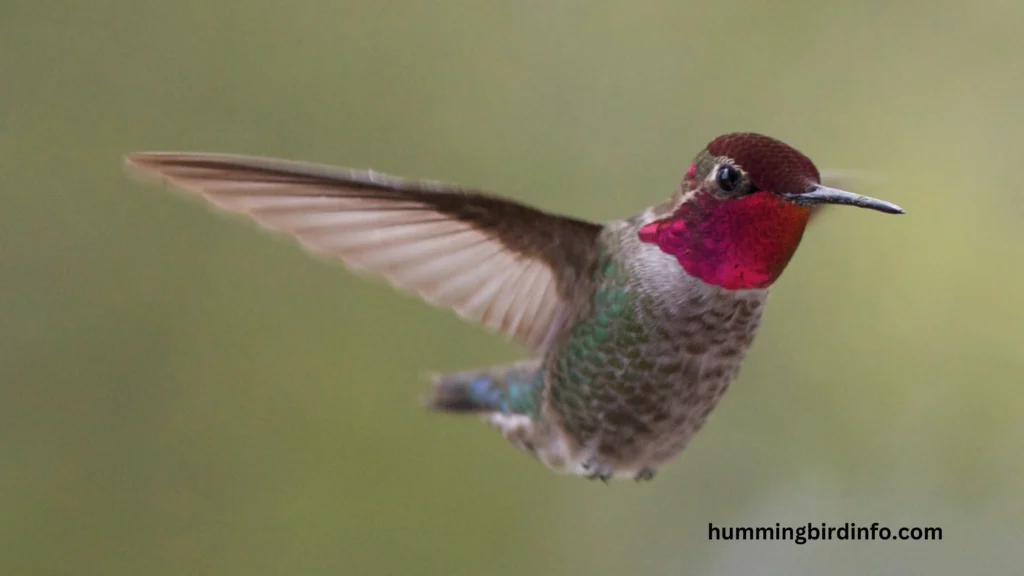
Scientists often use these minor variations to study evolution, track migration, or understand environmental impacts on plumage coloration.
Conclusion
Many hummingbirds wear red like a badge of honor, whether on their throats, crowns, or bills. These vivid splashes of color are far more than just decoration—they tell stories of competition, courtship, and communication.
The red head or throat often signals fitness, attracts mates, and defends feeding territories. It’s a form of language, a glowing visual code in the fast-paced life of hummingbirds.
So the next time you spot a flash of scarlet flitting through your garden, take a closer look. That red may be saying more than you think—it’s a signature of evolution, survival, and beauty, written in feathered flame.
FAQs:
1. What hummingbird has the brightest red head?
The male Anna’s Hummingbird has one of the brightest red heads, with a crown and throat that shine rose-red in sunlight.
2. Do all male hummingbirds have red heads?
No, only certain species like the Ruby-throated or Anna’s Hummingbird show red heads. Others may have blue, violet, or green accents.
3. Can females have red heads too?
Females generally lack the intense red coloration. Some may show faint red spots, but the bright hues are male-specific.
4. Why do hummingbirds have red throats?
Red throats, or gorgets, are used in mating displays and territorial fights. They reflect light, making them flash vividly to other birds.
5. Is the red color from feathers or skin?
The red is from feather structures, not skin. Microscopic layers in the feathers reflect light, causing iridescent effects.
6. Do red-headed hummingbirds live everywhere?
Species vary by region. For example, Ruby-throated are found in the East, while Anna’s and Costa’s are common in the West.

